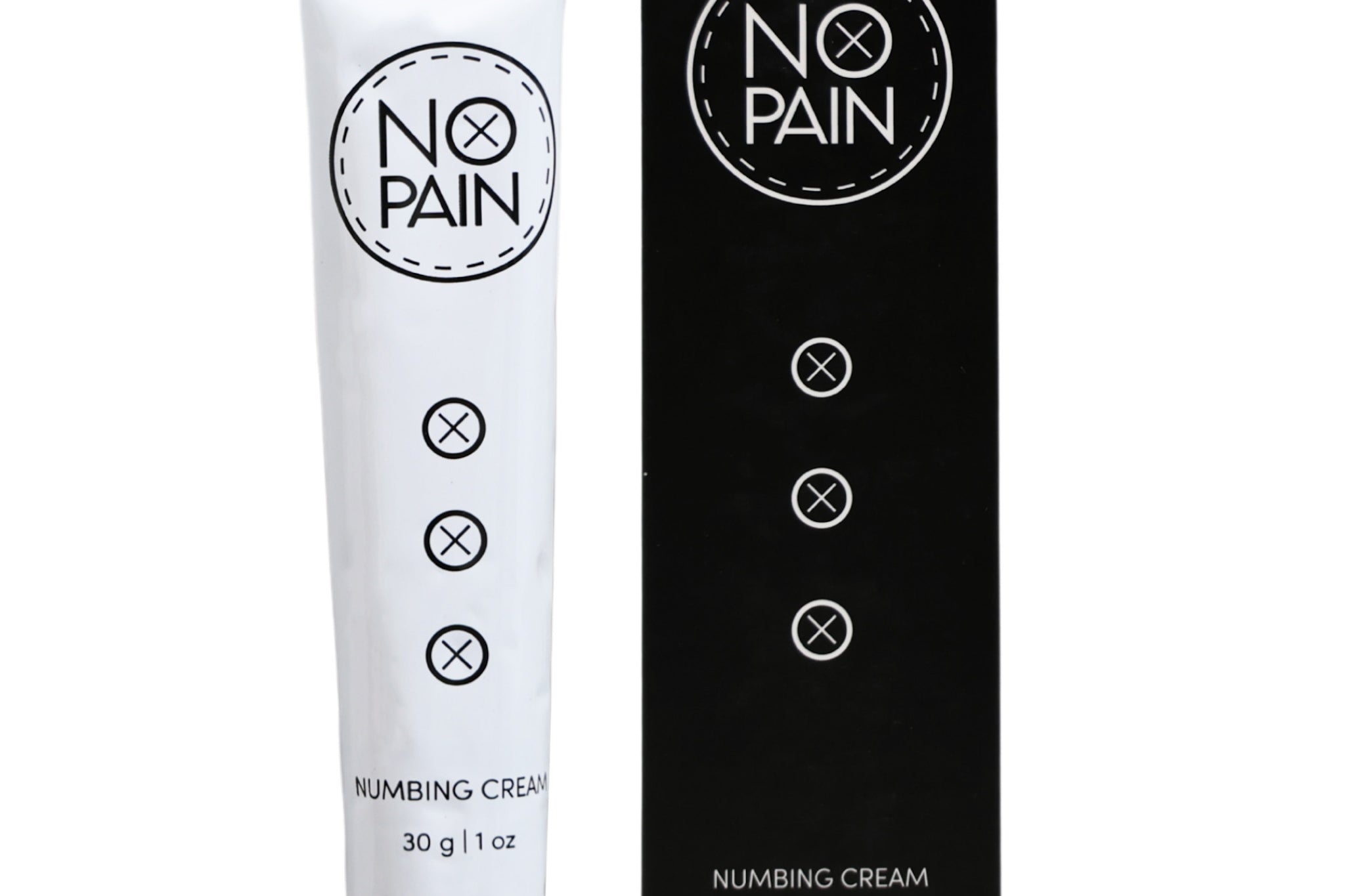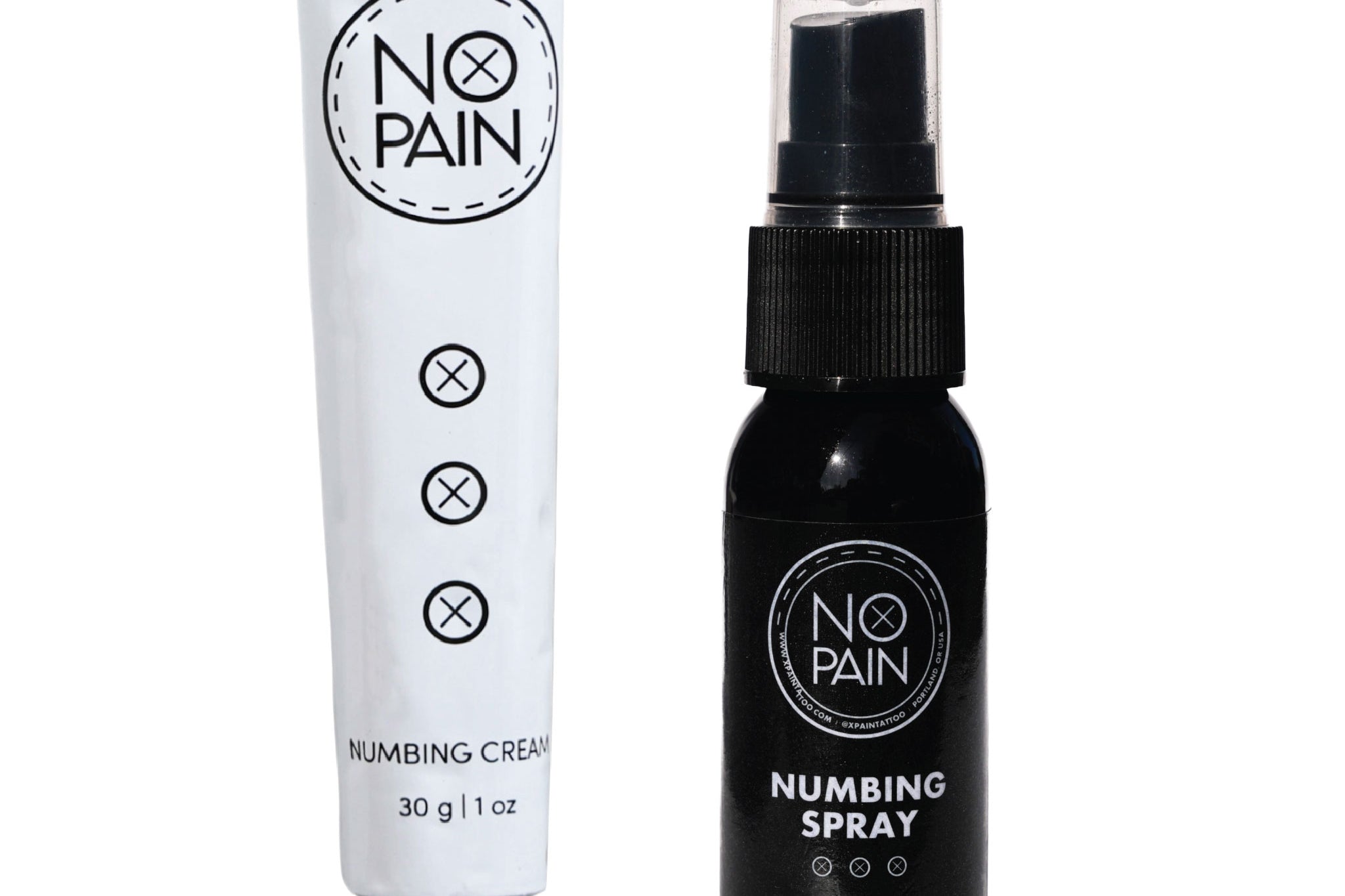Almost everyone with a few tattoos has at least one they wish was a little different—or gone altogether. Whether it's an ex's name from a past life, a youthful mistake, or a piece that just didn't heal well, living with unwanted ink can be a drag. For a long time, the options felt limited and difficult.
But the art of the cover-up tattoo has evolved into a true specialty. A skilled artist can work magic, transforming an old regret into a new masterpiece you'll be proud to show off for years to come.
So, what's actually possible when it comes to covering up an old tattoo? Are there limits? This is your realistic guide to the possibilities, the process, and what you need to know to get a successful result.
The Three Golden Rules of Cover-Ups
Before you start dreaming up your new design, you need to understand the fundamental principles of covering old ink. These aren't suggestions; they are the laws of physics in tattooing.
-
A Cover-Up Will Always Be Bigger. The new tattoo needs to be significantly larger than the old one—often two to three times the size—to effectively hide it within the new design and draw the eye away from the original spot.
-
Darker Colors Cover Lighter Colors. This is the most important rule. You cannot cover a solid black tattoo with light yellow or baby blue ink. The old, dark ink will show right through. The new design must use dark, dense pigments, especially in the areas directly over the old tattoo. Deep blues, purples, browns, and plenty of black are your best friends in a cover-up.
-
The Design Must Have Detail and Density. A successful cover-up uses a lot of detail, texture, and strategic shading to distract the eye. Simple, minimalist designs with a lot of open, negative space will not work. Think detailed flowers, dense animal fur, dark cosmic scenes, or bold traditional pieces with heavy shading.
The Process: How It Actually Works
A cover-up artist isn't working on a blank canvas. Their challenge is to cleverly incorporate the lines and shapes of your old tattoo into the new design so they become invisible. The darkest parts of the old piece are typically hidden within the new, heavily shaded areas of the new tattoo.
This is why you must find an artist who specializes in cover-ups. It is one of the most technically demanding skills in tattooing. Look through their portfolio specifically for healed "before and after" photos. When you have your consultation, be prepared to be flexible. You need to trust your artist's expertise. They will know what kind of design and color palette will be effective at permanently hiding your old tattoo.
The Game Changer: Laser Removal to Open Up Possibilities
What if your old tattoo is a big, dark, solid tribal piece from the 90s? Covering it directly is extremely difficult and will severely limit your design options.
This is where laser tattoo removal becomes the cover-up artist's best friend. You don't need to completely remove the old tattoo. Just 2 to 4 sessions of laser treatment can fade the old piece significantly. This "knocks back" the darkness, giving your artist a much lighter canvas to work on. It dramatically increases your options for the new design—you might even be able to use some lighter colors!
Preparing for Your Cover-Up Session
Cover-up sessions are often long and intense. The artist may need to pack a lot of dark ink into a concentrated area to ensure the old tattoo is hidden, which can be more painful than a standard tattoo. The aftercare is also absolutely critical for success.
-
Pain Management: To ensure you can sit comfortably for the long session required for a dense cover-up, our No Pain Tattoo Numbing Cream can take the edge off, allowing your artist to work without interruption.
-
Flawless Aftercare: The healing process is what makes or breaks a cover-up. If the new tattoo heals poorly and loses ink, the old one can start to show through. A perfect, scab-free heal is essential. Our No Pain Tattoo Aftercare Bundle is the ideal toolkit. The Cleansing Foam prevents infection, while the Soothing Gel and Aftercare Balm provide the breathable moisture needed to lock in that new, dense ink and keep the old tattoo hidden for good.
The Verdict: What's possible with a cover-up? Almost anything, with the right approach. You can hide a small name with a beautiful flower, transform a faded piece into a vibrant new scene, and with the help of laser, even cover a dark tribal tattoo with a colorful new masterpiece.
The keys to success are finding a true cover-up specialist, being flexible with the design, and committing to a flawless aftercare routine. You are not stuck with a tattoo you no longer love. With the incredible skill of modern artists, you have the power to transform the past into a new piece of art that you'll be proud of for a lifetime.




